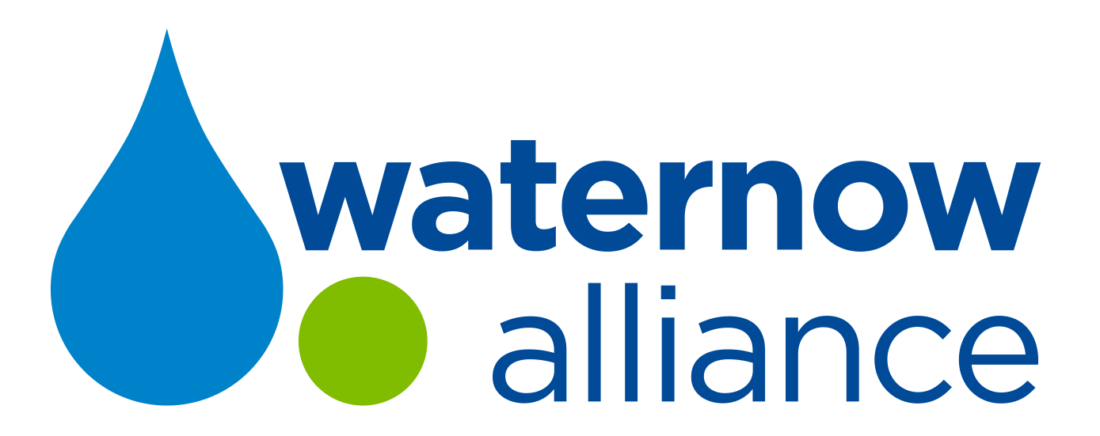 From the Executive Director,
From the Executive Director,
Cynthia Koehler:
At WaterNow’s recent Summit in Salt Lake City, we asked our attendees whether they were familiar with the term “distributed infrastructure.” Some were and others were not, but a significant number said they wouldn’t refer to these types of programs as infrastructure at all. When we polled them about alternative names for distributed water strategies, no consensus emerged; “localized water solutions” garnered the most support, but “these are all terrible names, stick with distributed infrastructure” was a close second.
Whatever you call them, the universe of innovative water solutions, as discussed in yesterday’s post, has potential to be a major part of how water agencies – drinking, wastewater and stormwater – address their communities’ needs. These systems range from the humble low-flow toilet to incredibly sophisticated technology capturing, treating and reusing water on-site. Constructed wetlands, green roofs and permeable pavement, turf change-outs, smart meters and irrigation apps are all part of the distributed infrastructure revolution.
I’m sympathetic to those rejecting the notion that these varied and highly localized water strategies can lay claim to being “infrastructure.” The dictionary defines infrastructure as: “The basic physical and organizational structures and facilities needed for the operation of a society or enterprise.” For decades we’ve thought of water infrastructure as fixed assets, centralized engineering works owned and operated by water utilities. These systems have for the most part served communities nationwide well, even extremely well, and will likely continue to do so for the foreseeable future.
However, centralized water management comes with tradeoffs. It is resource intensive and expensive with high energy demands, high operations and maintenance costs, and, often, high environmental impacts. In this time of climate change, centralized infrastructure is often more vulnerable to impacts from extreme weather, natural disasters and other threats.
Distributed approaches and their associated new technologies present ripe opportunities for supplementing, supporting and extending the life of our built infrastructure with new layers of resilience. Every turf to xeriscape change-out is a mini-reservoir; every square foot of permeable pavement is a flood control measure; every direct potable reuse system, a treatment facility. These options reduce strain on our built infrastructure, lower costs and have the capacity to provide the same services and functionality of centralized systems. Their power is in the aggregate.
And as indicated in yesterday’s post, it’s the scale of adoption of these solutions that matters. This brings us back to our work with GASB and the tricky issue of how to pay for them. I’m going to skip over the existential question of who should pay other than to note that, as a general matter, the benefits of distributed water strategies accrue to everyone - communities, utilities, ratepayers and public at large - far more than to the individual property- or business-owners implementing them.
But in order for utilities to substantially increase their investments in these strategies, to include them in their long-term planning and resilience efforts, they will need need access to capital and other creative means of financing. This is a paradigm shift – to view dispersed water resource solutions on par with traditionally built infrastructure – but one that presents vital opportunities for water leaders nationwide.
Because, at the end of the day, water infrastructure by any name is vital to our communities’ health, prosperity and well-being.
This post is the second of a 3-part series on the recent GASB Implementation Guide. You can read part one here and part three here.


